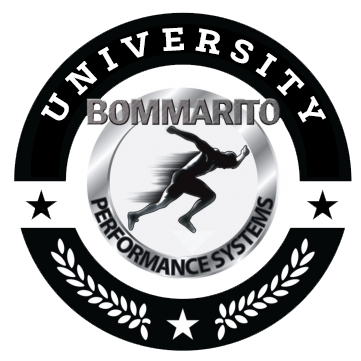- From Ankle to Knee
- 1st and foremost; Many ankle dysfunctions can lead to knee, low back, and shoulder pain/discomfort due to compensation patterns.
- Many times we can correct ankle dysfunction building stability, which will allow the knee, back, and shoulders to return to “normal” function without the body needing to compensate.
- Our support system prep exercise, specifically the back dorsiflexion series is great for increasing ankle dorsiflexion, strength, and mobility. When the exercise is progressed with more speed and more force put through the ankle join, the ankle adapts stronger. When the ankle is isometrically held in dorsiflexion the knee also flexes while the musculature surrounding the knee isometrically contracts during ground contact. This important isometric contraction at the end, controllable, range of motion at the ankle joint, is the fastest method to gain strength. Decreased pain and discomfort for the ankle, knee, low back, and shoulder/neck area can be achieved when this base of support for the body becomes strong and less dysfunctional.
- From the pelvis to the low back
- Low back pain can stem from many factors such as anterior hip tightness and hamstring weakness. If hamstring weakness exists, the anterior hip musculature can “tighten up” and contract to prevent the hamstrings from entering a range of motion that the weak hamstrings cannot control. Also, we must consider that the spine flexes, extends, laterally bends, and rotates.
- Strengthen the hamstrings and posterior chain and allow the hips to relax and return the pelvis and low back area into “normal” alignment. This is our safe scientific reasoning to alleviate pain and discomfort.
- Perform the hip bridge exercise with both heels on the floor moving into hip and trunk extension. Isometrically contract the posterior chain (glutes, hamstrings, lower back, etc.).
- HINT – since we know the trunk and spine also rotates, modify the double leg hip bridge into a single hip bridge by raising one leg up during the time progressive isometric contraction. This creates a moment of rotation that the trunk and spine rotator muscles must isometrically resist.
- From shoulders to neck
- Shoulder and neck pain/discomfort may seem common. Many times we alleviate neck and shoulder pain by strengthening the musculature surrounding the shoulder joint and cervical/thoracic regions. Strengthening these areas allows the neck and shoulder to regain support and “normal” alignment.
- Use the alphabet to strengthen this area
- Perform Y’s, T’s, M’s and W’s
- Grab lightweight dumbbells or utilize one’s body weight and allow your arms to form these letters. The Y’s and T’s are typically performed in an upright position, whereas the M’s and W’s are performed in a prone position.
- HINT – Maintain an isometric contraction of the scapular retractor muscles throughout the entire range of motion of your alphabet training
**For full video demonstrations of these abdominal exercises plus many more, sign up for our BPSU online university. There you can listen to and watch coaching cues videos as well as have access to our entire database to build programs and get the best out of any athlete.
HERES THE LINK: http://www.bommaritoperformance.com/workshops/bps-university/

